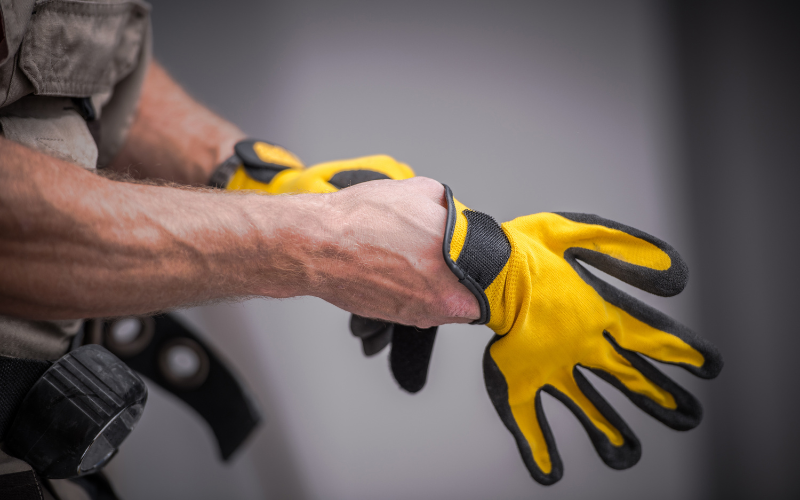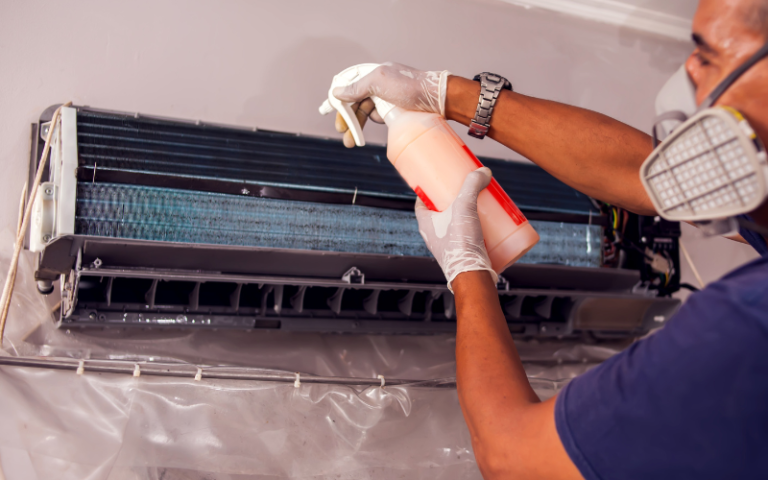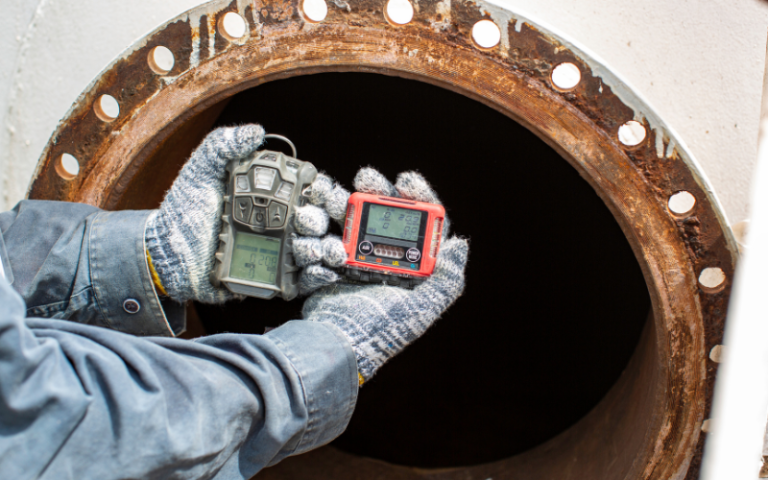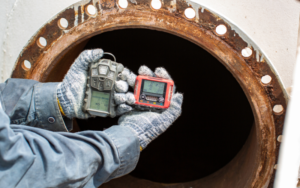Selecting the correct safety gloves enhances workplace safety and compliance. Gloves shield workers from hazards such as abrasions, chemical burns, and cuts. Choosing gloves suitable for specific work environments mitigates risks effectively. Employers must assess job-specific dangers and choose PPE that aligns with regulatory standards in Singapore.
For instance, workers in construction may face sharp tools or heavy machinery, requiring cut resistant gloves. Meanwhile, laboratory staff handling chemicals need gloves offering chemical resistance. Matching glove type to task remains essential for maintaining safety and productivity.
Key Features to Look for in Safety Gloves
Identifying the right features when purchasing safety gloves in Singapore simplifies selection. Gloves with cut resistance are vital for tasks involving sharp objects, such as carpentry or metalwork. Look for gloves with ratings that meet EN 388 standards, which evaluate abrasion, cut, tear, and puncture resistance.
Glove material affects performance. Leather gloves, for example, withstand heat and provide grip, making them ideal for welding. Synthetic materials, such as nitrile or polyurethane, offer chemical resistance and durability. Assessing glove construction ensures they provide the right level of flexibility and protection.
Additionally, comfort plays a pivotal role. Ill-fitting gloves can hinder dexterity, reducing efficiency. Ensure workers try on gloves before purchase to confirm a snug fit.
Choosing Gloves for Specific Work Environments
Workplaces vary in their safety needs, requiring careful consideration when selecting gloves. Construction workers, for example, need gloves that resist cuts and provide enhanced grip. Pairing gloves with other PPE, such as a construction safety helmet or hard hat, maximises protection.
For electrical work, insulated gloves that resist high voltages are critical. Laboratory settings require gloves resistant to chemicals and punctures. Industries such as food processing benefit from disposable gloves to maintain hygiene.
Understanding the nature of risks in a workplace ensures workers use gloves designed to mitigate them effectively. Consulting workplace safety guidelines and industry standards streamlines this process.
Combining Safety Gloves with Other PPE for Optimal Protection
Safety gloves work best as part of a comprehensive PPE kit. In construction, pairing gloves with hard hats and quality safety shoes in Singapore ensures head-to-toe protection. Hard hats shield against falling objects, while safety shoes safeguard feet from impacts and punctures.
Industries that involve handling sharp objects or machinery demand cut resistant gloves and reinforced footwear. In chemical environments, gloves should complement full-body suits and chemical-resistant boots. Ensuring all PPE components are compatible maintains comfort and functionality.
Encourage workers to inspect and maintain their PPE regularly. Replacing worn-out gloves or improperly fitting items prevents injuries and ensures compliance with safety standards.
Evaluating the Durability and Longevity of Safety Gloves
Frequent glove replacement disrupts workflows and increases costs. Opting for durable gloves that withstand prolonged use without degrading minimises these issues. Materials such as Kevlar or nitrile offer enhanced longevity and resilience against wear and tear.
Workers handling abrasive materials should select gloves designed to resist repeated impact. Durability should align with the job’s intensity and frequency. Prioritising gloves that balance durability with comfort enhances worker satisfaction and safety.
Proper maintenance extends glove lifespan. Encourage workers to clean and store gloves properly after each use. Replacing gloves once they show signs of wear ensures consistent protection.
Training Employees to Use Safety Gloves Correctly
Providing workers with appropriate gloves is only one step. Training employees on correct use, maintenance, and storage ensures they gain maximum protection. Demonstrating how to wear and remove gloves safely prevents contamination and injuries.
Educating workers about the specific risks gloves mitigate helps them understand their importance. Encourage workers to report damage or discomfort immediately. A robust training programme ensures PPE remains effective and reduces workplace incidents.
Addressing Compliance with Safety Regulations in Singapore
Singapore’s workplace safety regulations mandate the use of PPE to protect employees from hazards. Employers must ensure safety gloves meet legal standards, such as the Workplace Safety and Health (WSH) guidelines. Regular audits and risk assessments verify compliance and identify areas for improvement.
Providing workers with PPE that meets or exceeds safety standards avoids penalties and fosters a culture of safety. Ensuring gloves are certified and tested enhances worker confidence in their protective capabilities.
Enhancing Worker Safety with Proper PPE Selection
Selecting the right gloves improves workplace safety significantly. Ensuring gloves match job-specific hazards reduces risks and enhances productivity. Combining gloves with other PPE, such as safety shoes or construction helmets, ensures comprehensive protection.
Fostering a culture that prioritises safety encourages workers to use PPE consistently. Regular training and equipment maintenance further support a safe working environment.
Explore reliable safety gloves in Singapore to enhance your workplace protection. Visit SafestySam for high-quality PPE tailored to various industries.


















